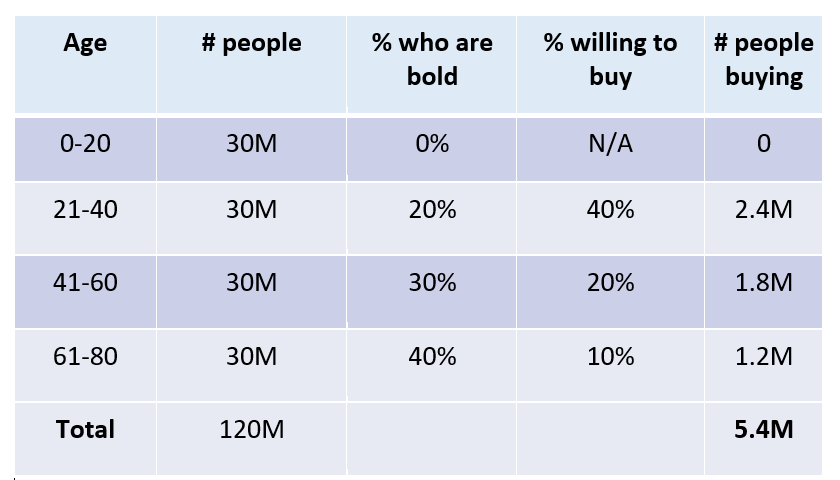Hi, could anyone recommend good sources for advanced market sizing questions and advanced cases (with answer/solution provided)? I'm wondering whether there is any recommended website (free or paid) that provides a good collection of market sizing question and cases.
I'm not considering case books since many don't provide solid solution. I'm looking for a good source which provides clear explanation and structures, so that I could refer to the solution after doing the case interview practices.
Thank you!
















